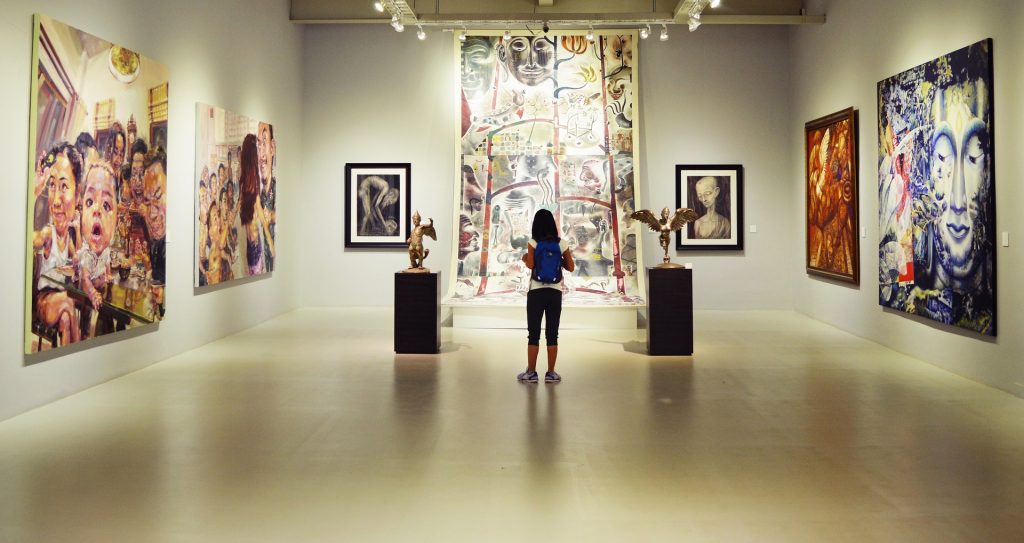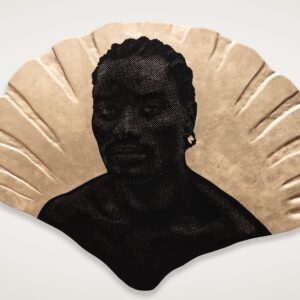
The answer is a resounding ‘Yes!’ Personal marketing and branding are necessary for any selling process. For artists, and art sellers it is no different as their presentation is a conduit to connect with potential buyers. Indeed, it is not always easy to get others to believe in the art you are selling and what it seeks to portray. Therefore, you must take the ‘art’ of personal presentation very seriously when selling artwork. With the UK art market generating £8 billion annually, this is a thriving industry, and you should make the most out of it. Here are some reasons why your presentation is vital to your art sales.
- Helps you exude confidence
Self-confidence is built from recognition and appreciation of your skills and talents. On a physical, emotional, and mental level, this character trait is primarily fuelled by a sense of self-esteem. In healthy doses, your confidence helps you remain grounded without losing sight of awareness and self-love. So, how can you display this confidence when presenting artwork? One way is through your voice – the words you use and how you talk. People tend to admire others who command attention just by the sound of their voice and how they articulate words. Although some people are born with this remarkable trait, it takes constant practice to utilize it properly to get the desired results. As you sell your art, ensure your voice remains at an audible level without seeming overbearing. Be concise with your statements and avoid language ambiguity. Try not to speed through your presentation as this would make it difficult for your buyer to follow and, in turn, put them off the buy. At a relaxed speed, potential buyers feel involved in the conversation and are willing to engage you further on your work. Perhaps, with time, you will develop the ability to strike a fair balance between slow and fast-talking.
- Provides you with the opportunity to make a statement
For artists, grab the chance to show your potential buyers that your creativity is a part of who you are by making a statement with your attire. You should ensure that you look pretty unique yet authentic, neat, and sharp. Just like your art, own your style and make a good impression on your potential buyers. You would not want to overdo this, as it would only make your clients uncomfortable. Therefore, to be on the safe side, choose options that make you stand out respectfully and pleasantly. Personal grooming does not stop at your clothing only. It refers to your oral health, hair, neat fingernails, and others. Be proactive to improve any part of your appearance that lowers your confidence. For example, if you’re not confident about your teeth or your smile, then take practical steps to improve it, such as visiting https://uk.instasmile.com/ to get a quick fix.
- It helps you show professionalism
This is especially important when you have just begun a career in art and trying to sell it. Art is an abstract piece that has no restrictions. However, when it comes to presenting your work, that freedom is a bit limited. To have your potential buyers take you seriously, you would need to add a bit of professionalism. But how do you show professionalism? You could create a database of contacts to market your other pieces and build a target market. You can do this with the help of marketing tools like MailChimp or Constant Contact. Even though you may have a following on social media, an organised contact database enables you to create a reliable and professional network. These marketing tools offer free accounts that facilitate email blasts and will allow you to store contacts. To add to your value, you can store details of how and where you approached each contact (or vice versa). It is even better this way because not all your contacts would have social media platforms.
You can showcase your knowledge of your art, its various techniques, and other interesting facts surrounding it. Showing that you are well vested in information adds to your presentation of professionalism.
- It enhances the opportunity to join a professional network of artists
Social and professional group networks appreciate hard work in a field they identify with. Besides, these groups are always on the lookout to expand their numbers and knowledge base. Therefore, if your focus is consistently on producing great artwork while maintaining integrity and credibility, you are on the path to greater heights. A significant benefit derived from a professional association is the networking opportunities. It is always an excellent point for referrals, information, and prospective job leads. These professional networks consist of personalities with years of relevant experience you can tap more expertise from. As an artist yourself, it may become an opportunity to know key decision-makers personally and professionally.
- Helps you connect with the potential buyer
Your appearance can become a conduit through which you can connect with potential art buyers. As your physical image connects customers, it is necessary to be verbally in-tune with them. To connect with the potential buyer, you must first understand client and customer dynamics. Gaining insight into their previous art purchasing behaviours is the first step to creating that needed connection. If the image you seek to portray is in sharp contradiction to what the art buyer is looking for, you may have lost a crucial chance to relate with them. Besides your appearance, also be mindful of your body language and how others interpret it around you. Your mannerisms, gestures, and facial expressions may even communicate more than your words. Try to be calm and avoid feeling nervous in buyers’ presence because a compromised mental and emotional state might make you lose the chance to impress a buyer.
If a client is seated as they talk to you, instead of studying and looking down on them, pull up a chair and remain at the same eye level with them. This would make them comfortable and communicate with you better. Be mindful of your clients. Answer their questions and encourage them to ask you some as well. The communication between you two would help establish a connection and, possibly, get you a buyer.
- Enhances the Opportunity to Carve a Niche for Yourself
As an artist, you may have visited several other exhibitions to expand your knowledge of how other artists present themselves. Did you know this is a perfect opportunity to discover flaws and loopholes you can capitalize on? Indeed, this is also how competition works in the art industry. Every artist is on the lookout to stand out from competitors, and what better way than to carve a niche?
To carve a niche means to be unique while strategically positioning yourself to gain a healthy advantage over others. It also requires you to be extremely observant and resourceful. By being able and willing to use any material around you for a useful purpose, others will begin to follow suit. Nevertheless, you will still be the originator of that craft. For example, Jeffro Uitto carved a niche for himself by using driftwood to carve sculptures and elaborate home furniture. Who would have thought driftwood had any proper use other than disposing of it at the dumpsite?
A presentation is a consistent act that requires periodic review. Begin to consider what else you can do differently to remain relevant in your chosen field. Selling art is not an easy task, but with the right skillset, character traits, and welcoming appearance, you have a better chance of succeeding. Always stay in touch with friends, professional network, customers, and clients who love art. They can become your eyes and ears in the industry and show you innovative ways to improve your craft.



